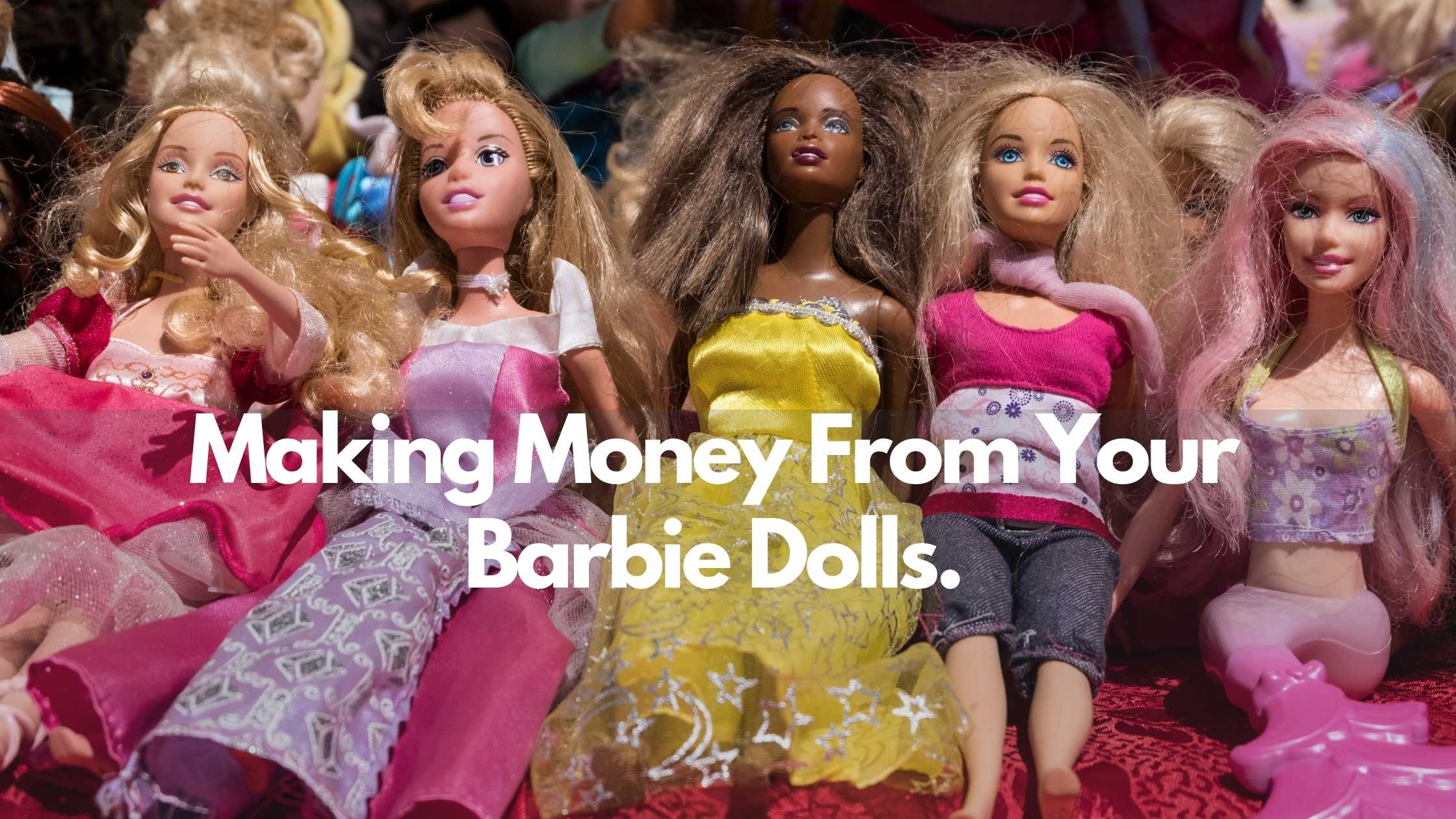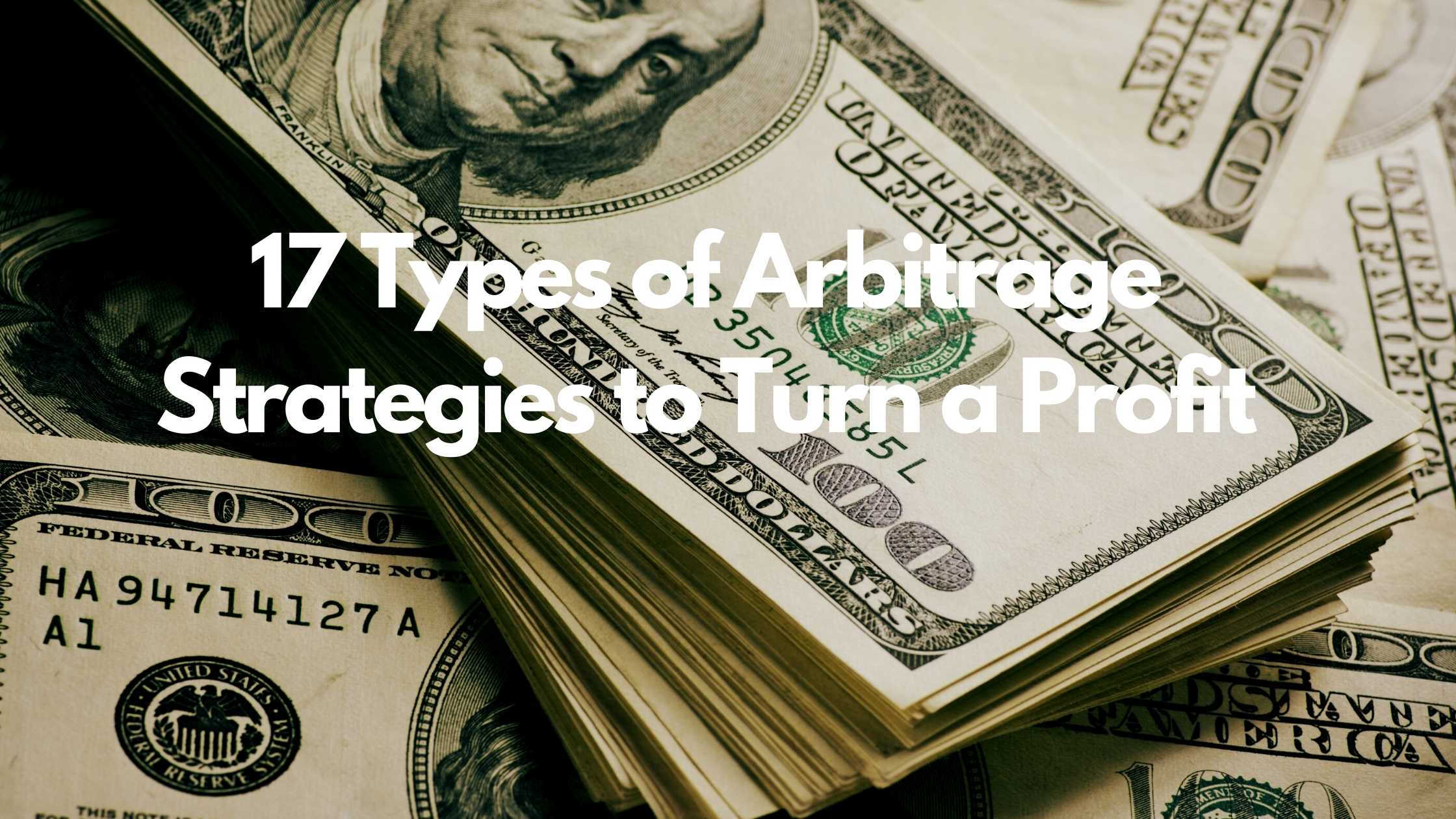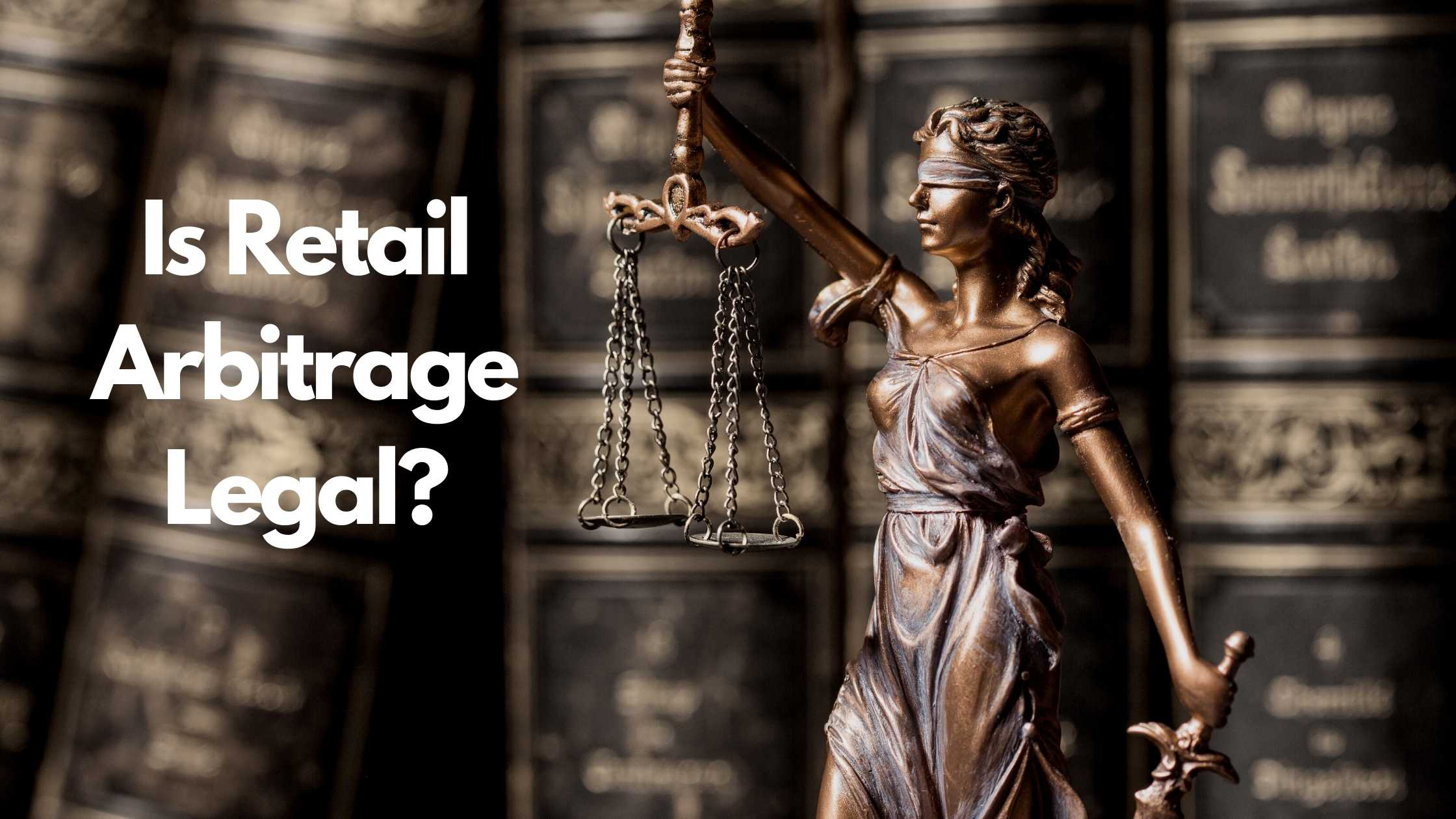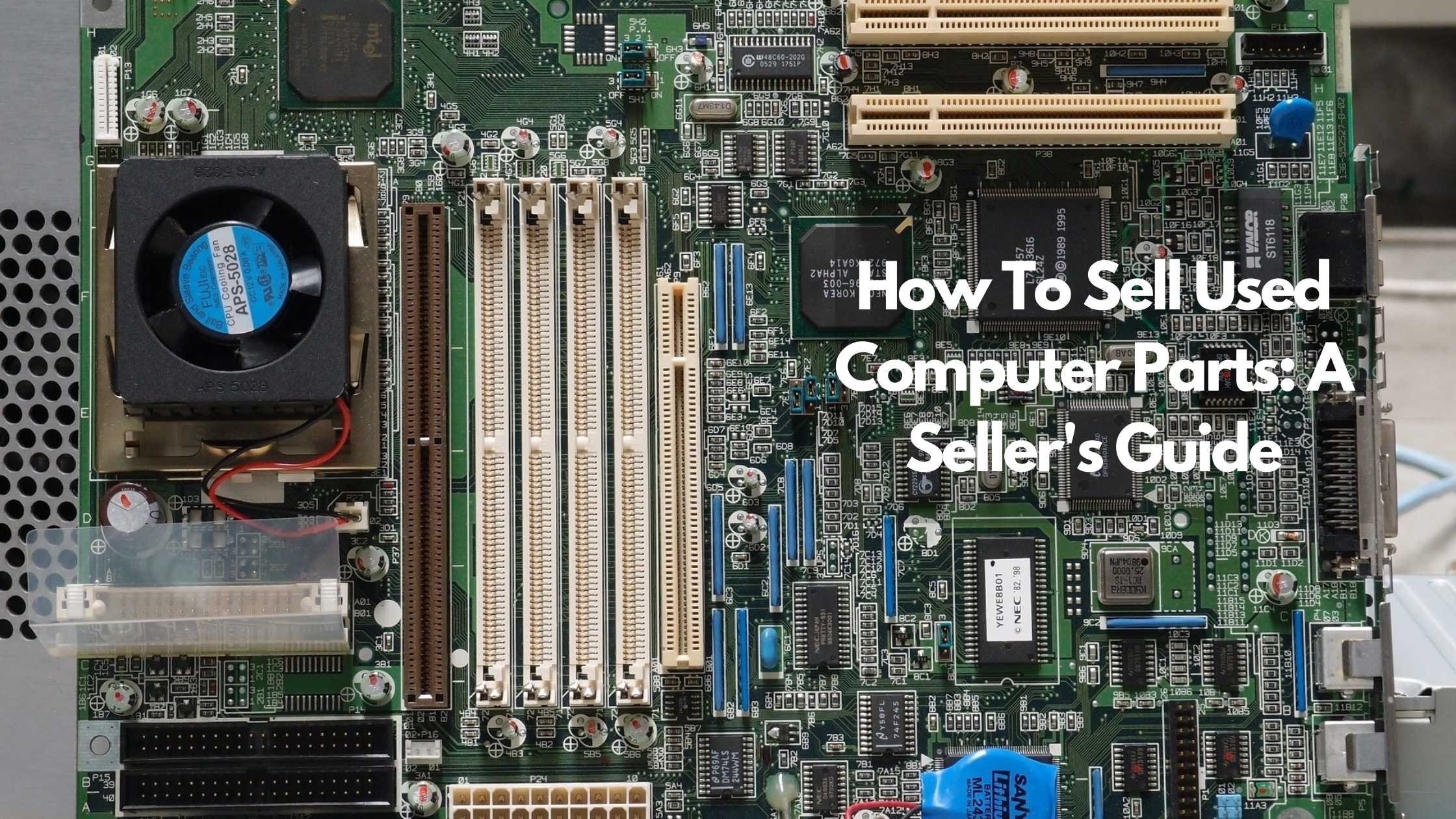
Making Money From Your Barbie Dolls.

As incredible as it sounds, Barbie dolls are valuable collectibles with the potential to make money.
The fact is they enthrall children and adults alike. Adult collectors especially dote on their various reproductions, outfits, and accessories.
According to Forbes, adults’ fascination likely stems from the unnerving feelings generated by an adult-like doll (for children) and Barbie’s illumination of society’s unresolved questions on culture, capitalism, and children.
We’ve read widely on this topic to present this comprehensive research on how you can use this obsession to make money from Barbie dolls.
You can also check out this article to learn how to make money selling online as a beginner.
How to make money off your Barbie dolls
Learn everything about the collection that your Barbie belongs to.
- Know your Barbie’s value.
- The factors that are likely to attract buyers to it.
- Understand what makes a Barbie valuable.
- What generally fascinates collectors about Barbie dolls.
With this, you’ll know what’s valuable, how to market it, and attract buyers.
What makes a Barbie doll valuable
To make money from your Barbie, first, establish its worth. Here’s how.
- Condition
If your Barbie is still in its original box and all its parts are intact, including the original outfit, you definitely have a money maker. However, if it has missing parts, is disheveled or discolored, the value lowers significantly. Also, any alterations will diminish its worth.
Other factors that will impact its value are the skin tone, hair color, clothing (if in good condition) with the tags intact, and accessories.
To know what condition a potential collector expects, look for information about the doll and its maker on the original box or any relevant books and magazines.
- Rarity
Barbie dolls are classified into three eras: The Vintage Era (1959 – 72), The Modern Era (after 72), and The Collectible Era, which started in 1986.
And a critical factor in rarity is age.
The older your doll is, the rare it is, hence more valuable. A classic vintage doll’s estimated value is $119 on average if it’s in excellent condition and still in the original packaging.
- Limited editions
While rarity is a crucial factor, some Barbies could surprisingly have collectible qualities. To verify, check the digits on your doll’s abdomen to confirm when that model was created.
Limited editions and rare collectible models fall into this category with some examples being:
- Lorainne Schwartz Barbie – This Barbie was made in 2010, so she isn’t vintage. The key is that there were only 12 produced.
- City Smart Barbie – Made in 2003, this vintage-inspired Barbie is a very limited edition. There were only 600 made.
- Pink Splendor Barbie – Featuring a stunning pink gown, this Barbie from 1997 is prized by collectors. There were only 10,000 made, and it’s hard to find one in excellent condition.
- Calvin Klein Barbie – This Barbie from 1996 is incredibly tough to find in mint condition since almost all of these models were played with.
- Check price guides
While price guides can give you a feel of your doll’s value, sometimes the same market springs its own surprises. A collectible is only as valuable as the amount it eventually fetches. So in as much as price guides are a good indicator, stay open-minded.
Examples of exclusive Barbie price guides you can reference are the Illustrated Price Guide to Collectible Barbie Dolls by Carol Manos and Susan Paris, Warman’s Barbie Doll Field Guide, and Values and Identification by Sharon Verbeten.
- Professional appraisal
If you suspect that your Barbies are worth a fortune, use a professional appraiser to ensure the value. They’re adept at this and therefore are in possession of the most current trends, information, and methods to give you a specific price indication free of error.
How to spot a vintage Barbie doll
The vintage Barbies are the most valuable, and to tell them apart from the others, these are the dominant features to look out for.
- They had two round holes on the bottom of their feet to accommodate a special posing stand.
- Barbies produced during the early ’60s have eyes that look sideways.
- The first Barbie had no eye color until 1961 when they were produced with big blue eyes.
- Between 1965 – 1967, Barbies were made with bendable legs and red hair.
- In 1971 Barbies’ eyes were made to focus forward.
- They have markings on their right buttocks, feet, and the back of their heads plus the digits on their abdomens that indicate when a particular model was created.
- They’ve got the original hairstyle.
Genuine Vs Fake Barbie
Evidently, some unscrupulous people might try to pass off counterfeit Barbies or even try to scam you off your genuine one. Here’s how to stay ahead of any deception.
- The most expensive Barbies are vintage, and all Barbies have a manufacturer stamp. Those produced before 1972 will read: ‘Made in Japan.’ The manufacturer stamp is often found on Barbie’s foot, neck, or lower back.
- Unlike older Barbies, the recent ones have a less opulent chest and a belly button.
- On the model’s body, look for the MATTEL logo to ascertain that it’s an authentic Barbie.
- All Barbies have (©1966/Mattel, Inc.) printed on the doll’s behind, back, or neck – be aware that the date is the date of the mold, not the model – so the doll may be more recent than its vintage.
Which Barbies are valuable
- The original Barbies made in 1959 to 1972: These are the vintage Barbies, and they’re the most valuable, especially the original one. Money, Inc. reports that even in played-with condition, she is worth $8,000. In pristine condition, she could be worth more than $27,000.
- Barbie in a box: Because the vast majority of vintage Barbies have been played with, collectors love a rare Barbie that’s still in the box. Because this is so uncommon, these coveted dolls fetch top dollar.
- Any Barbie connected with something of cultural significance may be saleable. For instance, collectors will buy Britney Spears Barbies and 90210 Barbies from the 90s.
- Much of Barbie’s value is in the tiny detail, such as the green residue around her ear lobes from her original non-pearl pearl earrings. Also, any variations in eye and hair color can influence the value.
- Collectors items: Since the 80s, Mattel Inc., has released a series of Barbie Collector Edition dolls each year. They range from dolls dressed by top fashion designers to TV editions. Designed for display rather than play, some of these will gain in value over the years.
- Twist N’ Turn Barbie – This mod Barbie from 1966 could bend her knees and twist at the waist. One that was still in the box sold on eBay for almost $1,800.
- Millennium Princess Barbie – This Barbie, which is part of the holiday collection, was made in 2000 to commemorate the new Millenium. One still in the box sold on eBay for about $1,500.
- The Marie Antoinette Barbie – It was a special edition that was produced in 2003. It pays homage to the French historical figure and is decked out in an elaborate gown inspired by that era.
- Chicago Bulls Barbie – This Barbie looked sporty with a hat that had the official team’s logo and a number of accessories that could be played with. The hat is what makes this Barbie valuable at $ 2000.
How to sell collectible Barbie dolls
Anyone selling something wants to sell it:
- Immediately
- At the highest possible value.
- With zero to minimal hassles
Unfortunately, these aren’t possible, most times you’ll only get to achieve one. To start selling, here’s what you need.
- Conduct detailed research
According to eBay buyer’s guide, popular Barbies include:
- Betty Barbie
- Veronica Barbie
- Holiday Barbie
- Princess of Holland Barbie
- Princess of Hawaii Barbie
- Queen of the Gypsies Lucy
- Evening Splendor Barbie, amongst others.
Besides, Barbie, there’s her status as a fashion icon. Tons of doll lovers are always on the lookout for the perfect outfits and accessories.
Knowing what drives these collectors and how you can fill the gaps will not only make you money but will make you successful in this venture.
- Prepare a detailed breakdown of your stock
If you have one or more items, a simple detailed list will do. However, if you have an expansive collection, an inventory management system will help you keep track as you dispose or increase the items.
If your Barbie is rare or collectible, it’s advisable to have it appraised and authenticated before you list it. Besides giving you a reasonable estimate on the expected sale price, authenticating will increase buyers’ trust.
In your inventory, make sure to include both preliminary and detailed information. To be riveting, the description should be concise, well laid out, and readable. Bold the headlines, cascade the listing into bullet points, include dimensions, price, alterations/restorations, accessories, furniture, and anything that appeals to the buyers.
Perhaps a useful mode to selling would be to create a lookbook on Instagram or your blog and, even better, some interesting descriptive videos with fantastic imagery.
Think about the buyer’s needs and approach it from this perspective. If you have engaging information, they’ll be likely to purchase.
It’s also important that you use common words and terms familiar to the buyers.
- Collectible: Applies to dolls made 25 – 75 years ago.
- Modern: A modern doll is less than 25 years old.
- Contemporary: These dolls are still in production.
- One-of-a-Kind (OOAK): An OOAK doesn’t have replicas and will never be created again. A good example is the Marie Antoinette Barbie with only 1000 being produced.
- Reproduction: A doll-like this is a collectible made from a mold, copying a previously made one
- Restoration: A restored, collectible doll has had repairs, such as repainting of body parts, or replacement of missing parts or clothing.
- Mint in box ( MIB): This type of doll has been opened but has no damage and will be sold in the original pack.
- New in box (NIB): Describes a doll that has never been removed from its original packaging.
- No longer available (NLA): This indicates a doll that’s no longer being produced by manufacturers.
- Showcase and presentation
Barbies are breathtaking, and if you want to present your collection in all its glory, you’ll need to invest in mind-blowing photography.
Dolls draw out maternal/paternal instincts, thus focus on the visual aesthetics that make them extremely appealing.
A current trend you can adopt is to create a trendy digital lookbook for your collection and presenting it on your website or social media platforms.
- Select exciting sceneries and backdrops: A black or white backdrop will draw immediate attention. Always take individual photos, even if you have an entire collection. If you need ideas, check out jewelry designer’s websites, they’ve perfected this to an art.
- Pick out the most vantage angles: This is the heart of the photography, where you capture the facial features, flaws, dates, textures, and colors to give the buyer a near feel of precisely what to expect.
- Invest in good lighting: Watch YouTube tutorials on photography to get an idea of what good lighting looks like and consists of. Direct sunlight gives off unsightly shadows that can ruin your showcase but avoid the camera’s flash because it’ll distort the images.
- Pricing Strategy
Keep tabs on pricing by scouring collector books, doll magazines, and the ‘recently sold’ section of internet auction sites like Amazon and eBay.
Remember, this information may vary considerably and fluctuate over time, so it is best to consult various sources.
If you list on auctions sites, work to get your first bid and encourage continued bidding. For one, begin with a low starting price to get it going. It’s advisable not to set a reserve price because it might put off buyers.
Use a safe and secure payment method to assure your buyers that the transaction is protected.
- Shipping costs
Always show your shipping and handling costs by including a calculator so that it’s easy to estimate costs based on size, weight, location, insurance, packaging, and handling.
- Build a brand
Superb customer service and communication are the hallmarks of successful commerce.
Follow-up ensures buyers are satisfied with the purchases, be prompt in your responses, and attentive to their needs. Most importantly, be truthful with your information.
Connect with collectors, keep track of your buyers, and share feedback and updates on current trends.
Where to sell Barbie dolls
When settling on a place to sell your Barbies, decide whether you want to sell in wholesale or retail and then focus on selling optimally.
The internet has a broader reach, but there are some disadvantages such as slow turnaround, unexpected curveballs, and learnings.
- Online auction sites
- eBay
For almost 20 years, eBay has been everyone’s go-to online marketplace for collectibles. This platform is accessible to anyone, not just businesses.
- Etsy
Though Etsy is mostly known for handmades, they’re now open to collectibles of all kinds.
- Ruby Lane
Ruby Lane is known for its dedication to collectibles. Although, it’s quite harder to list on it than other auction sites due to stringent curation requirements.
- Sheepbuy
This is an upcoming online marketplace that is perfect for startup and professional sellers alike. Unlike eBay or other marketplaces, Sheepbuy doesn’t charge a commission on sales, and there are no premium store fees. And on the basic tier, you can have up to three active listings at any given time, free of charge. For more information on Sheepbuy’s tiers and how you can save, click here.
- Collectors groups
Joining collectors and enthusiasts communities is a surefire way to get your collection in front of the right audience.
But to be successful, don’t go in with a hard sale; instead, focus on building relationships and trust. Below are some to consider.
- Facebook marketplace
Facebook serves almost 800 million people globally.
Other viable social media platforms for collectibles are Instagram and Twitter to seek out buyers for specialty items.
- Dealers – wholesale or retail
There are antique and collectibles dealers interested in purchasing pieces of the collection or the entire one, depending on the value and prospects. You’ll agree to a rate, and they’ll sell it with a markup.
- Consignment shop
A consignment shop only pays you when your item gets sold. Before you take your items to them for display, sign a formal agreement detailing the commission to be paid and other pertinent details.
- Newspaper listing
What if you go the old fashioned way? By placing an ad in the local newspaper or, better yet, getting a feature done of your collection? Most publishers offer free or inexpensive listings to reach an older audience.
- Auctions
Sometimes auctions that are well-publicized attract that one buyer that you’re ardently searching for. To avoid selling below market rates, include a reserve price.
- Pawn shops
This is only a good idea if you have to sell off the items urgently. Though if you’re lucky, some can hold the item for you until you pay them back.
Conclusion
Making money from your Barbies is possible, but only if they’re valuable. Collectors worldwide are always in search of valuable Barbie dolls and their accessories.
Factors that determine a valuable Barbie are:
- Condition
- Rarity
- Limited editions or collector’s items
- Price guides
- Professional appraisals
With these being the main, you’ll know how to make money off your Barbie dolls. If you are interested in selling your old Barbies try out our Marketplace, it’s free.
Recommended Blog Posts:
TRENDING


Online Arbitrage for Beginners (Step-by-Step Guide)

17 Types of Arbitrage Strategies to Turn a Profit

Is Retail Arbitrage Legal?

How to Turn Textbook Arbitrage into a Business for Profit

How Can You Tell if a Book is a First Edition?

What to Do With Your Jigsaw Puzzle When Finished?


